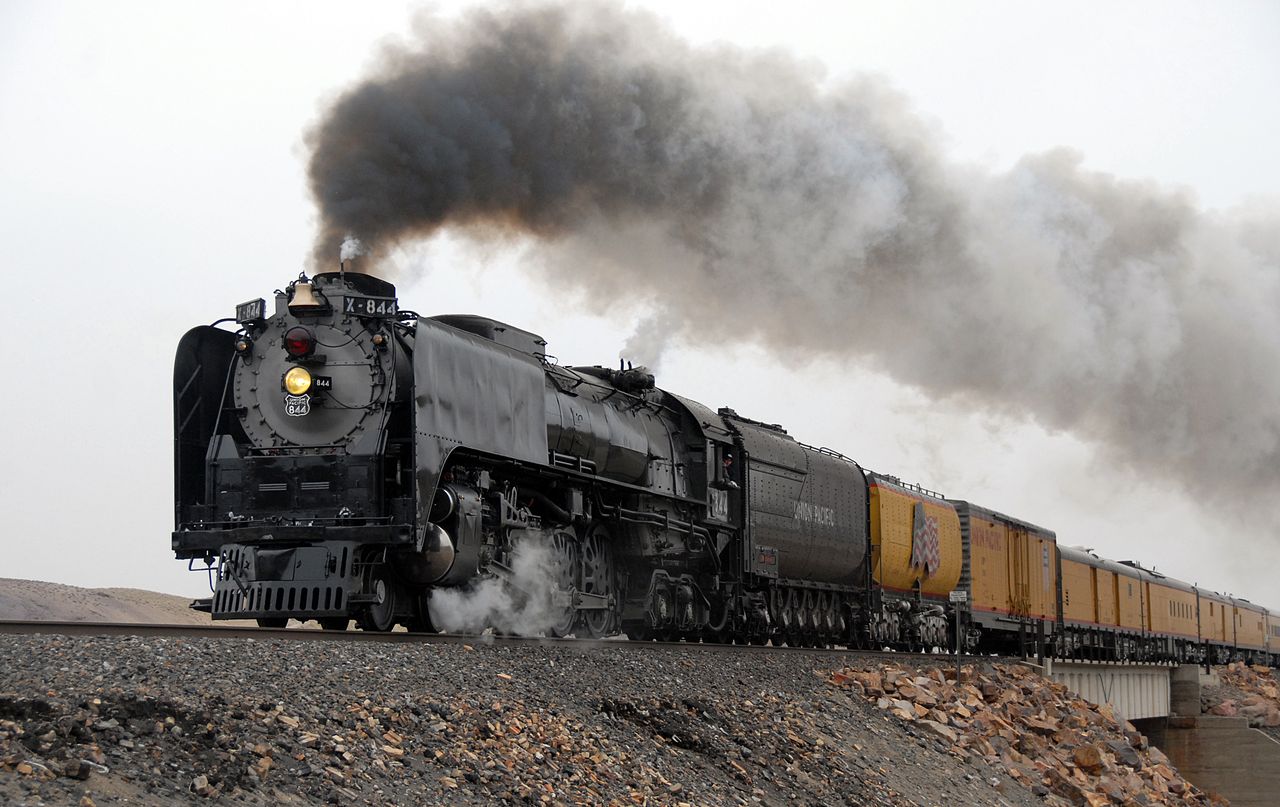Trust the people, not the powers that be, on the question of rail safety

By Jason Doering
Advocates for rail safety in Nevada achieved a great victory in May as the state became the second this year to put into law a mandate that two people — a certified conductor and a certified engineer — operate freight trains through the Silver State.
When Gov. Steve Sisolak signed AB 337 on May 15, he aligned himself with the continued safe operation of freight trains that rumble through Nevada and through the country 24/7, 365 days a year. A dedicated coalition of environmental, citizen and labor groups came together in an energetic and successful effort, and made Nevada legislators aware of the necessity of keeping a pair of trained, qualified crew members in the cab.
However, a mere two weeks later, the Federal Railroad Administration (FRA) – the regulatory body that says that its mission is “to enable the safe, reliable, and efficient movement of people and goods for a strong America, now and in the future” — attempted to pre-empt the two-person crew legislation enacted by Nevada and five other states.
FRA stated that a proposed rule mandating the number of people needed to operate trains was not necessary, and that action by Ron Batory, the FRA leader appointed by the Trump administration, drew the attention of U.S. representatives on the House Subcommittee on Railroads, Pipelines, and Hazardous Materials, who called a special hearing June 20.
During the hearing involving Batory and rail labor leaders on the state of the rail labor workforce, Batory was asked by a member of the subcommittee about the practicality of having one person operate, check and repair a fault in a train that spans three miles.
The administrator’s response?
“If he’s a good walker” it could take an hour to walk to the rear of the train to check and identify the problem, plus time to repair the problem, and then it could take an hour to get back.
Tell that to the emergency vehicle operator whose truck goes miles out of the way to respond to a call but is then obstructed for hours by a blocked train crossing.
Batory, a former Conrail CEO, also said in testimony that no data existed proving that one-person crews are any less safe than crews consisting of two.
FRA studies done in 2016, before Batory’s installation, suggested otherwise and identified the potential safety benefits in having a minimum of two people aboard. But no U.S. Class I railroad (the seven largest freight carriers) operates with fewer than two in the locomotive cab so practically no data exists to show that single crew operations would be safe.
Inexplicably, Batory told U.S. Rep. Tom Malinowski of New Jersey during the hearing that “he’s operated trains with one-man crews in New Jersey with no problem.”
The evidence is in plain sight. FRA is failing in its mission to enable safe rail operations, leaving the door wide open for carriers to do whatever they want. Railroads in recent years have dragged their feet on the implementation of potentially life-saving technologies in Positive Train Control; fought and got FRA to retract a rule that would have added more modernized braking systems; and allowed foreign train crews to operate across U.S. borders and continue to run longer and longer trains.
Eleven years on, mandates covering rail worker fatigue from the 2008 Rail Safety Improvement Act remain unimplemented.
The freight carriers’ endgame is very clear: Reduce crews, reduce costs and pad the pockets of those at the top of the food chain. This is already evident through the Precision Scheduled Railroading strategy, industry shorthand for making fatigued crews do more with less, including operating longer trains with fewer workers.
Industry data show that train traffic has been down over the past few months, yet the railroad operators still report record quarterly profits.
The profits have to come from somewhere, and if they are not coming in because of increased business, then they are coming from cutting expenses, which includes cutting employees and reducing investment in operations such as equipment maintenance and improving and replacing track — known as capital expenditures. These expenditures contribute to the safe and efficient operation of a railroad and are a cost of doing business, and insufficient investment in any of them can, in the long run, jeopardize workers and the public at large.
Colorado in March and Nevada in May passed two-person crew laws, standing up to the rail profiteers and showing that this is an issue that resonates with the public because safety matters. Even Illinois, home to Chicago, one of the world’s largest rail hubs, made into law a two-person crew bill in August, well after FRA’s attempt to quash states’ efforts to ensure two people on every train.
Surveys sponsored by our organization show that people do not want trains with just one crew person (or none) travelling through our neighborhoods and countryside. In Nevada, approval of two-person crew legislation hovered near 90 percent and was a nonpartisan issue.
People realize that when an emergency happens, the crew springs into action. If there are injured people, the crew provides comfort and treatment, and then reports to medical, fire and police crews when they arrive as to the nature of the situation. Train crew members receive hazardous materials training and some also emergency medical training for just such incidents.
Will a fully automated train ever be able to stop safely — and then apply a tourniquet? Or will it just leave an injured person lying in the dust as it carries on?
As Malinowski said, “People do a good job, which is why we want people on trains.”
The fight is a long way from over, and those of us who prioritize safety are stepping up. Nevada has challenged FRA’s attempt at nullifying AB 337 by joining with labor organizations and three other states in filing an appeal in the U.S. Court of Appeals Ninth Circuit Court.
Federal legislation also is pending in both the U.S. House (H.R. 1748) and Senate (S. 1979). By taking the time to express concerns to legislators about having two- to three-mile trains carrying explosive, hazardous and poisonous materials through our land with only one person aboard, you can help force the railroads to put safety ahead of profits. Despite FRA’s efforts to abdicate its oversight and what rail carriers would lead you to believe, a two-person crew is safer for you.
Jason Doering is the Nevada State Legislative Director for SMART Transportation Division, the largest railroad union in North America.
